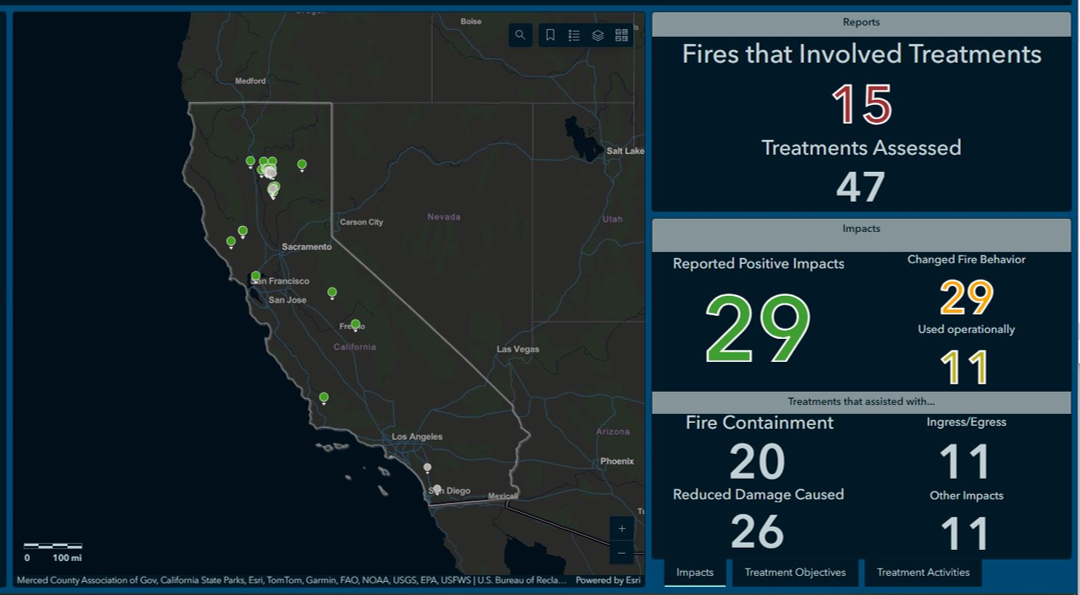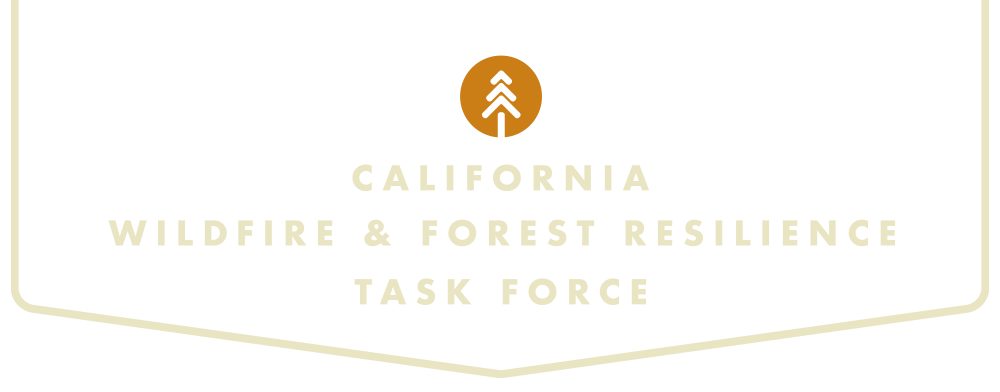
New CAL FIRE Dashboard Shows Effectiveness of Fuels Treatments
On October 10, 2024, CAL FIRE launched its Fuels Treatment Effectiveness Dashboard to show how on-the-ground projects are protecting communities and landscapes when wildfire strikes, a key initiative of the Task Force. The dashboard displays Fuels Treatment Effectiveness Reports which evaluate the impacts vegetation management treatments have on fire behavior and highlight how fuel reduction activities not only assist in suppression efforts but also protect life, property, and the natural resources of California.
Fuels Treatments are areas where fuel reduction activities have been conducted, with the primary objective of reducing fuel loading. Treatments that are considered for evaluation include:
- Treatments that have been completed or have had activities in the last seven years.
- Objectives of:
- Broadcast Burn
- Fuel Reduction
- Fuel Break
- Right of Way Clearance
- California Forest Improvement Program (CFIP) projects with fuel reduction activities (e.g. thinning, pruning, piling).
- Fire plan, Vegetation Management Program (VMP) and California Vegetation Treatment Program (CalVTP) activities completed by CAL FIRE or Contract Counties.
- Wildfire Prevention and Forest health grant-funded projects including work performed by grantees and contractors.
Treatment Effectiveness is the effect a fuel reduction treatment has on fire behavior, ingress or egress, and fire suppression.
Examples of Positive Impact include: assisted with fire containment, ingress/egress, reduced property damage, or changing fire behavior.
Examples of treatments that Changed Fire Behavior include: halted rate of spread, slowed rate of spread, or reduced fire intensity.
Examples of treatments that Contributed to Control of Fire include: used as a primary or secondary containment line, provided ingress/egress for fire suppression personnel.
